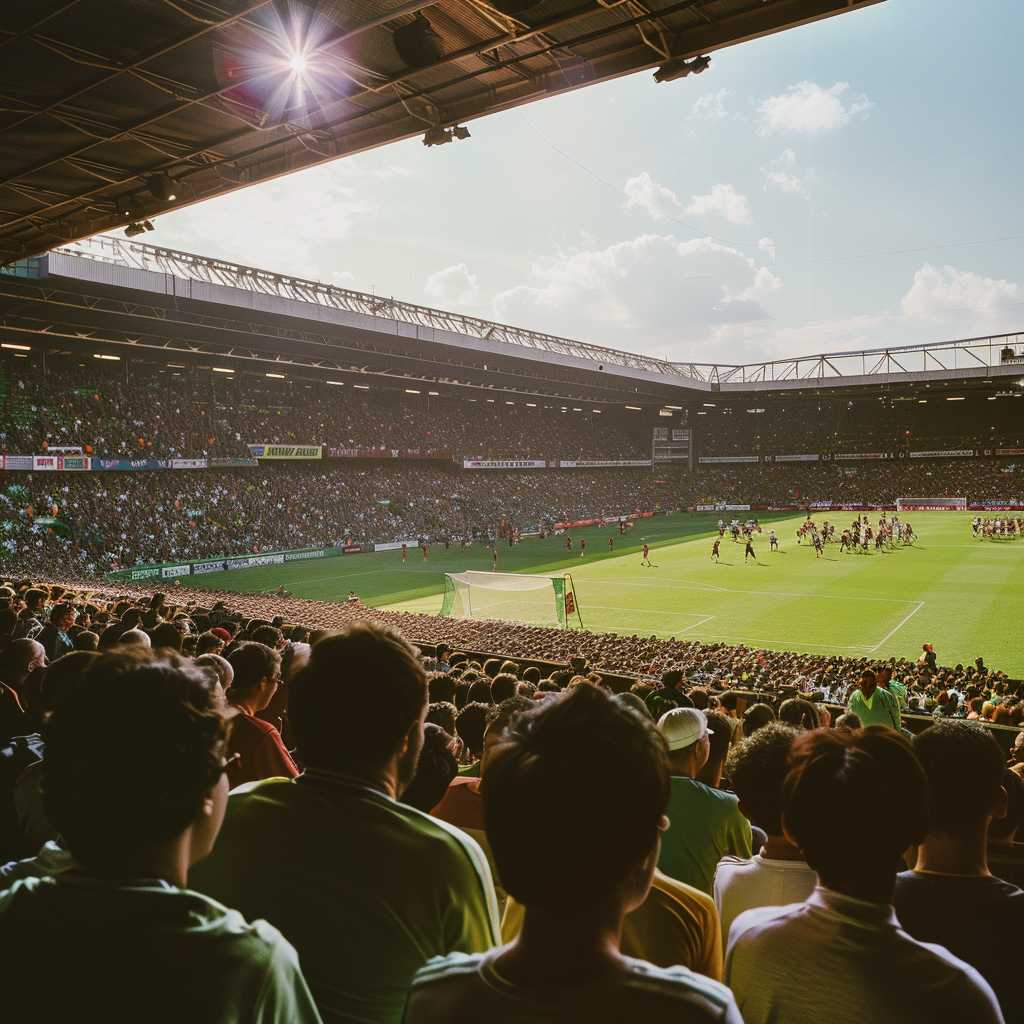Understanding England’s Football League One: History, Structure, and Impact on the Beautiful Game
Football is deeply woven into the fabric of English culture, and at the heart of this nation’s undying affection for the sport lies its commendable league system. League One represents the third tier in this hierarchy, often described as a battleground where dreams are nurtured and future stars are fashioned. This article delves into the history of League One, explores its structure, discusses its significance in the larger tapestry of English football, and unpacks the drama and excitement it brings to fans and local communities.
The Genesis and Evolution of League One
League One, as it is known today, was originally formed in 2004 but its roots trace back much further. The English football league system had already established a structure for multiple divisions, when in 1992 a large shift occurred with the founding of the Premier League. This resulted in the renaming and reformatting of many divisions. Prior to 2004, what we call League One was known as the Football League Second Division. However, in an effort to realign the leagues beneath the Premier League and to rebrand football at these levels to generate increased interest and financial investment, the league was renamed.
Over the years, League One (and its predecessors) has witnessed a plenitude of thrilling matches, upsets, and heartfelt stories of local clubs rising and falling in financial and competitive fortunes. This theater of emotions stands testament to football’s unpredictability and allure among both hardcore and casual fans.
The Structure and Format of League One
League One sits below the Championship and above League Two within the English Football League (EFL). It comprises 24 teams each season, all vying for promotion to the Championship or to stave off relegation to League Two.
Each team plays 46 games across the season – facing each other twice, once at home and once away. Points are awarded in a standard fashion: three for a win, one for a draw, and none for a loss with league positions based on total points.
At season’s end, the top two teams are awarded automatic promotion, while teams placed third through sixth enter into playoffs. These playoffs are a dramatic mini-tournament culminating in a final, typically played at Wembley Stadium that determines the third team to be promoted. Conversely, the bottom four teams face relegation to League Two.
The Significance of League One Within English Football
League One has often served as a developmental haven for both British talent and international prospects. Beyond showcasing emerging stars, it acts as a recuperation center for clubs that have endured difficulties – including those which may have experienced financial distress or demotion from high-tier leagues due to various infractions or performance issues.
Financial prudence is an imperative facet at this level; League One clubs often operate under tighter financial constraints than their lavish upper-tier counterparts. Emphasis is therefore placed on astute scouting, youth development, strategic loan agreements, and nurturing players who can either lead teams to upper echelons or be sold for sustainable development.
Moreover, League One clubs hold essential roles in their local communities. They provide an identity and sense of pride while also generating economic activity through matchday revenues and associated business.
